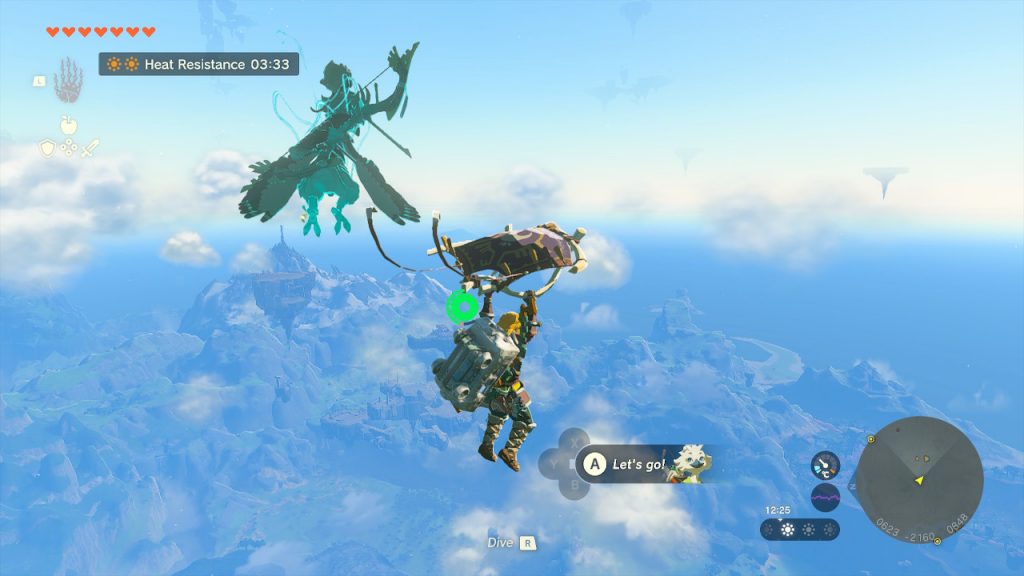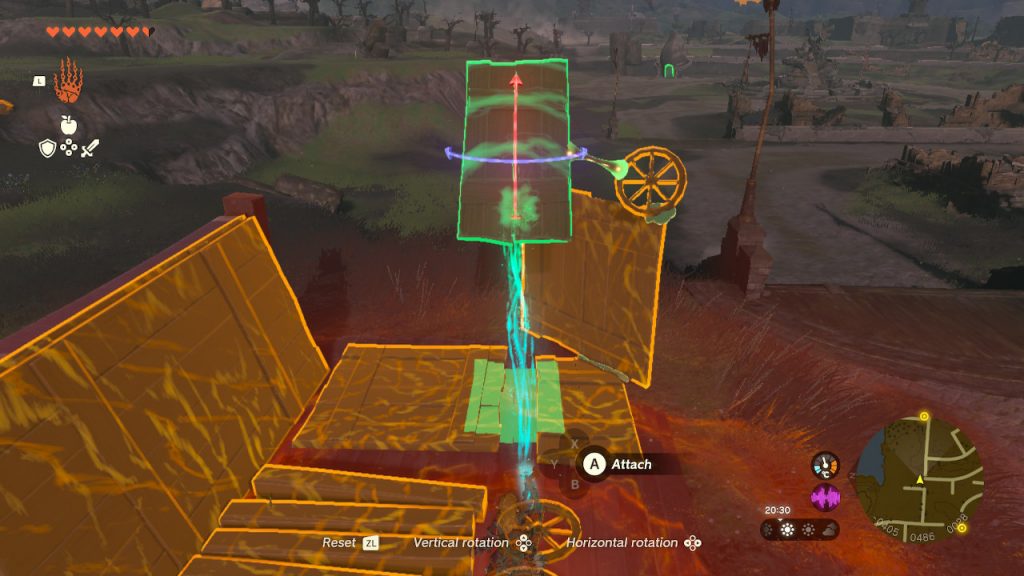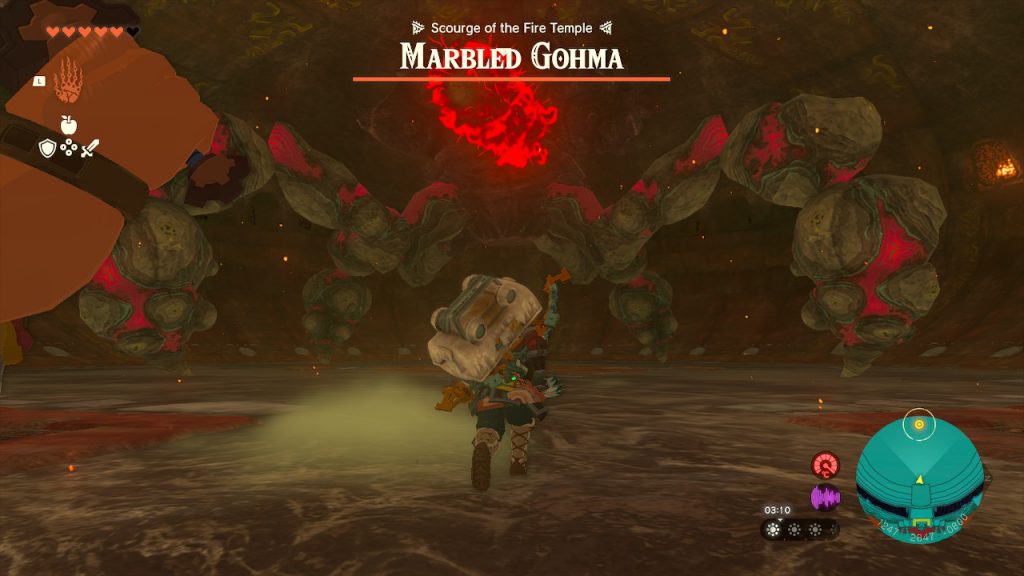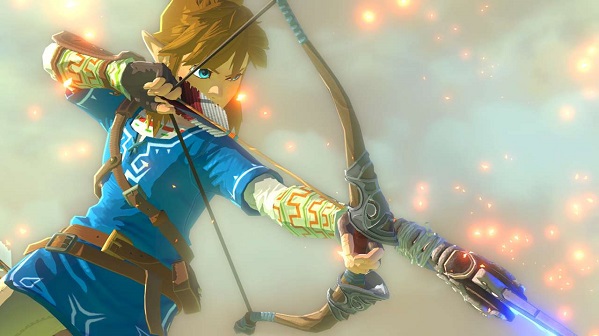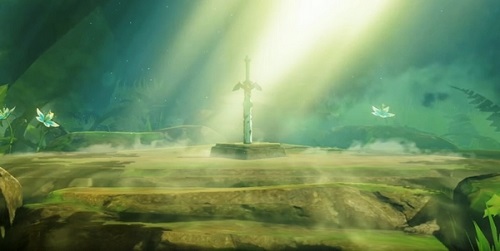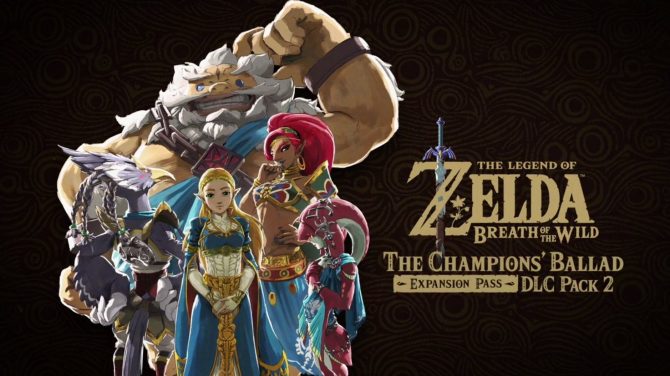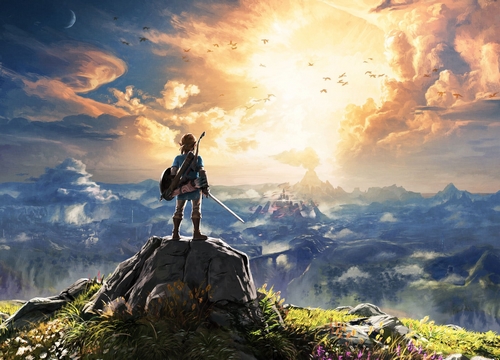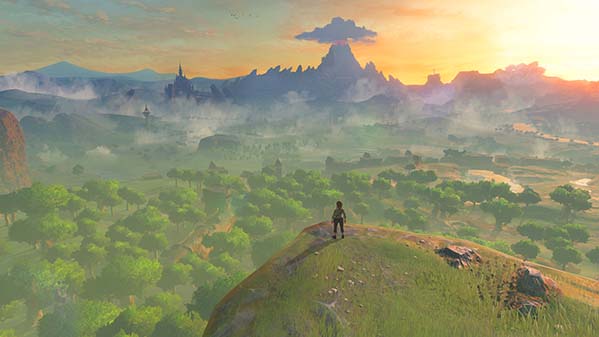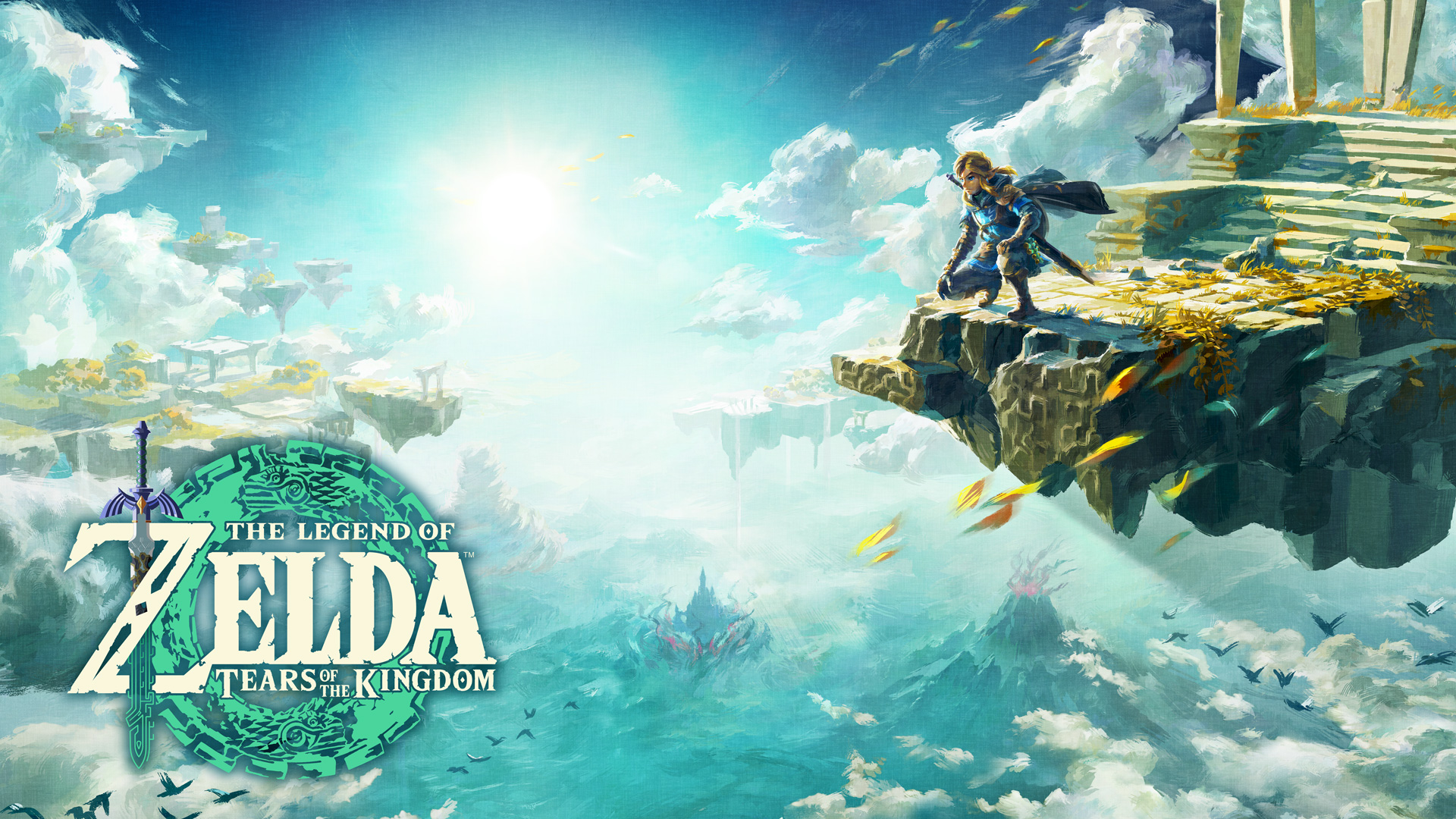
Shigeru Miyamoto has famously spoken of the inspiration behind the Legend of Zelda series being his childhood in Kyoto, exploring the surrounding natural landscape and having make-believe adventures. It’s a very touching sentiment, but also a vibe that rings true in the very best entries in the series, such as 2017’s Breath of the Wild , a game that radically revamped the Zelda formula to not only bring greater player freedom in an open world, but re-align the series with this original vision. In doing so, Nintendo was able to create what is widely considered to be one of the best games of all time. Tears of the Kingdom is better than that. It’s astounding that what the developers have been able to achieve here is not just a compelling direct sequel to Breath of the Wild, but a game that has its own original vision and hugely compelling mechanics layered on top, making something truly unbelievable.
Tears of the Kingdom wastes no time diving into the action, immediately following Link and Zelda exploring a mysterious ‘gloom’ emanating from below the castle, previously inhabited by Calamity Ganon in Breath of the Wild. They find the source to be a creepy mummy, held in place by a ghostly arm, which soon breaks free and triggers a cataclysmic event called the ‘Upheaval’, where Zelda disappears, chunks of Hyrule are broken up and sent into the sky, and Link loses his arm. Not to fear – the ghost the decomposing arm belongs to is happy to stitch it onto Link, granting him a suite of new abilities that will help him in his quest to find Zelda and stop the gloom.
These new abilities form the core of Tears of the Kingdom‘s new gameplay, and mechanically they’re so weird and compelling that it’s easy to lose hours upon hours toying around with them. Replacing the Sheikah Slate powers, Link’s ‘Ultrahand’ can now grab onto many objects found around the game’s world, and manipulate them in 3D space at will. Not only that, he can stitch them together with spiritual glue to create anything from bridges (in fact, mostly bridges if my solution to most puzzles is anything to go by) to vehicles. This building mechanic is supplemented by special ‘Zonai’ devices that can be collected which let you form more complex machines, from cars to flying gliders to hovercraft – if you can imagine it using the tools provided, it’s almost a certainty you can get it to work. The controls for 3D manipulation are the only letdown here, but with plenty of patience you can learn to build effectively.
On top of this, Link can now ‘Fuse’ materials in front of him to his weapons and shields. This is important, as the gloom pervading Hyrule has sent most of its weapons into a state of decay, meaning the only way to raise their longevity and attack power is to literally glue them onto each other with Link’s fuse ability. It doesn’t stop with pasting swords onto sticks or vice-versa either, you can literally glue mine carts to shields, or fans to spears, or just about anything you can think of to get a desired effect. Link’s movement is also supplemented by two new abilities, Recall and Ascend, with Recall allowing you to rewind time on any object (for instance, placing Link on top of a rock which has just fallen from the sky, and rewinding time to reach its source) and Ascend just letting him tunnel through many surfaces above him to reach the top.
The Ultrahand alone is enough to supplement Link’s abilities in ways that seem like you’re getting one over on the developers, but Tears of the Kingdom never feels like you’re missing out on content. While there are obvious paths to reaching the game’s main narrative objectives, it’s equally acceptable to try to bypass them as creatively as possible, and you’re never punished for doing so. On the contrary, taking unconventional paths can often reveal more content, from side quests to shrines to rare animals or unique enemy encounters. Everything in Tears of the Kingdom feels finely crafted, even if you’re intentionally trying to break what few rules there are.
Much of Hyrule remains the same from Breath of the Wild, although there are changes in the time gap between the games. It feels somewhat like re-visiting Kamurocho between Yakuza games, as the people of Hyrule have moved on, had families, started to rebuild after the defeat of Calamity Ganon, and now have new issues to deal with. The gloom has introduced some darker elements into Hyrule, which is now partially in a state of decay thanks to its spread, and while the general tone of the game is as light and adventurous as Breath of the Wild, things definitely feel a little more mature this time around. The Rito’s home village is now covered in an eternal blizzard, thanks to strange phenomena circling it from above, while Death Mountain is now encircled by rollercoaster-like mine cart tracks, thanks to the efforts of Yunobo’s new company. Hyrule also now has three layers – the familiar ground level, but now also islands in the sky (which can be reached by various methods) and the pitch-black and dangerous ‘depths’, which must be approached with caution as they’re infested by gloom and monsters that can decrease Link’s maximum health.
Tears of the Kingdom throws so much at you that it can easily gobble up over 100 hours of gameplay, with you not even necessarily tackling the main story, but it never feels like busy-work or grinding. It’s consistently fun, and there’s consistently a sense of play, just like a kid exploring the woods might feel, even if it’s just mucking about with a few sticks to make a bridge. When you do finally decide to get down to business and tackle the main plot threads, which follow ‘regional phenomena’ that are affecting the various areas of Hyrule, the challenges are presented a little more like traditional dungeons than the Divine Beasts of Breath of the Wild, but introduce and build upon fun ideas to make each feel a little more unique.
Visually, not much has changed since Breath of the Wild, and while Tears of the Kingdom‘s art-style can be stunning, particularly with some of its more bizarre landmarks, the Switch’s ageing hardware isn’t always up to the task of handling it. It’s amazing that Tears of the Kingdom is able to pull off the draw distances it has at all, but there’s still times, particularly in combat, when the frame-rate can dip significantly, and the Switch’s fan goes into overdrive.
The Legend of Zelda: Tears of the Kingdom is better than Breath of the Wild on every level, and introduces so much charm, creativity and replayability with its new Ultrahand mechanics that it manages to re-invigorate the Zelda formula just as much as its predecessor. Hugely fun, endlessly surprising and embodying a genuine spirit of adventure, Nintendo have knocked the ball so far out of the park it might well be in orbit. Tears of the Kingdom is easily a must-buy for the Switch, and most likely the best entry in the series.
This review is based on code provided post-launch by Nintendo.
– An evolved adventure experience that builds on Breath of the Wild, but with layers upon layers of mechanics that add enormous creativity and fun. – Charmingly fun and playful throughout the entire game, even with the introduction of some darker, more mature elements. – Invites experimentation and imagination and makes players a part of the fun.
– The Switch sometimes doesn't have the ability to keep up with the game, even though it's not visually far removed from its six-year-old predecessor.

